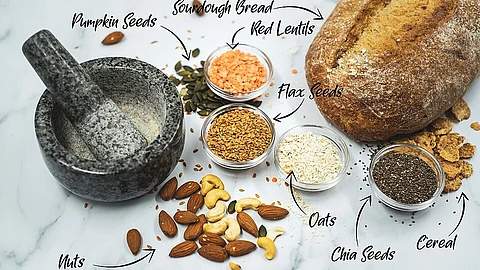Why the Trend Took Off
The wellness wave of "maxxing"—like sleepmaxxing, flavormaxxing, and now fibermaxxing—repackages basic health principles in catchy, platform-friendly terms.
It's more than fluff. In fact, it responds to a real deficiency: According to the American Journal of Lifestyle Medicine, only 5% of Americans meet their recommended fiber intake. [3]
Fiber helps lower cholesterol, stabilize blood sugar, regulate digestion, and reduce the risk of various chronic diseases. That’s not a trend—it’s a cornerstone of preventive health.


